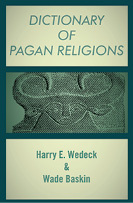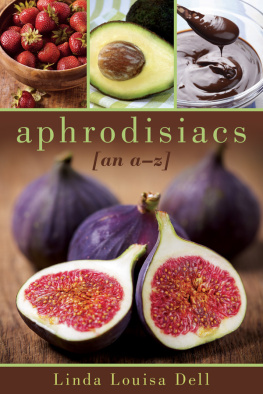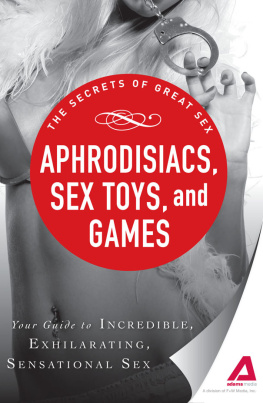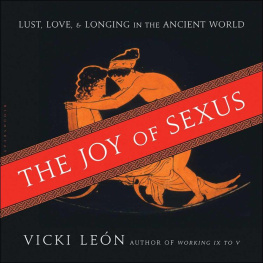Transcriber's note:
Old spellings and syntax in the French and English texts have not been corrected except the typos. The letter "m" with a macron have been replaced by "mm" as there is no unicode symbol or symbol combination to display this character satisfactorily. Footnote 224 is reference twice.
THREE ESSAYS ON THE POWERS
OF REPRODUCTION.
VOTIVE COLUMNS
Of the Ancient Oscans.
Aphrodisiacs and Anti-Aphrodisiacs:
THREE ESSAYS ON THE POWERS OF
REPRODUCTION;
WITH SOME ACCOUNT OF THE JUDICIAL "CONGRESS"
AS PRACTISED IN FRANCE DURING THE
SEVENTEENTH CENTURY.
By JOHN DAVENPORT.
Ubi stimulus, ibi fluxus. Hippocrates.
LONDON:
PRIVATELY PRINTED.
1869.
PREFACE.
T HE reproductive powers of Nature were regarded by the nations of remote antiquity with an awe and reverence so great, as to form an object of worship, under a symbol, of all others the most significant,the Phallus; and thus was founded a religion, of which the traces exist to this day, not in Asia only, but even in Europe itself.
That scarcely any notices of this worship should appear in modern works, except in the erudite pages of a few antiquarians may be accounted for by considering the difference of opinion between the ancients and the moderns as to what constitutesmodesty; the former being unable to see any moral turpitude in actions they regarded was the designs of nature, while the latter, by their over-strained notions of delicacy, render themselves, in some degree at least, obnoxious to the charge that, in proportion as manners becomes corrupt, language becomes more guarded,modesty, when banished from the heart, taking refuge on the lips.
To supply, to some extent, this lacuna in our popular literature has been the object of the present work, in which, it is hoped, may be found much curious and interesting physiological information, interspersed with recherch and festivous anecdotes.
The text is illustrated by a few plates, drawn from antiquarian sources.
J. D.
LIST OF ILLUSTRATIONS.
Note. As it was found impossible always to insert the illustrations opposite the explanatory text, the following List will assist the reader to those pages which explain the objects represented:
| Plate | Described on page |
| Facing title |
Of small size and of great antiquity; in use amongst the Oscan people, who were finally subjugated by the Sabines. |
| I. Figure 1, |
From "Recueil d'Antiquits Egyptiennes, &c., par le Comte de Caylus." |
| " 2, | do. , different view |
| " 3, | Two views of a double figure |
| " 4, | Roman Priapus over a baker's door at Pompeii |
From "Muse secret de Naples." |
| II. Figure 1, |
From M. Sonnerat's "Voyage aux Indes Orientales." |
| " 2, | Pan's Head |
| III. Figure 1, |
From the "Forgeais Collection of Plombs Historiques." |
| " 2, | ditto , a different view |
| " 3, | ditto , ditto |
| " 4, | ditto , ditto |
| IV. Figure 1, |
From O'Brien's "History of the Round Towers of Ireland." |
| " 2, |
From the Comte de Caylus' "Recueil d'Antiquits Egyptiennes," &c. |
| V. Figure 1, |
From Higgin's "Anacalypsis." |
| " 2, | Another example |
From the same work. |
| " 3, | Another example |
From the same work. |
| " 4, | Another example |
From the same work. |
| VI. Figure 1, |
From the British Museum copy of R. Payne Knight's "History of the Worship of Priapus." |
| " 2, |
From Dr. Kitto's "Cyclopdia of Biblical Literature." |
| VII. Figure 1, |
From Holyday's "Juvenal." |
| " 2, | Another example of a different construction |
|
CONTENTS.
ESSAY I.
| Page |
ANCIENT Phallic Worship :
Phallic Worship the most ancient and general
Phallic Worship found to exist in America
Indian Trimourti or Trinity |
|
| Lingham |
| Yoni or Cteis, and Pulleiar |
| Taly, Anectode of the |
Leaden Phalli found in the river Rhne |
Round Towers in IrelandPhallic temples |
The May-Pole a relic of phallic worship |
Phallus held in reverence by the JewsKing David |
Le prerogativi de' Testicoli (note) |
An Egyptian Phallic Oath |
Ancient Welsh Phallic Law |
London Costermongers' Oath "By my taters" |
Bembo (Cardinal), his saying (note) |
Priapus, derivation of the word |
Priapus, how reverenced by Roman women |
Priapus, decline of his worship |
The Cross (T) known to the Buddhists and the Lama of Thibet |
Cross (the) regarded by the Ancients as the emblem of fruitfulness |
Rev. Mr. Maurice quoted |
x The Tau, Crux-Ansata, or triple Phallus |
Remains of Phallic Worship in Europe |
Lampsacus, the Birth-place of the deity Priapus (note) |
Saint Foutin |
The Phallus of Foutin at Embrunthe holy vinegar |
Curious Phallic Customs |
Godfrey de Bouillon and the Holy prepuce |
Il santo-membro |
Sir W. Hamilton's account of the Worship paid to Saints Cosmo and Damianus |
Ex votos |
ESSAY II.
Anaphrodisia, or Absence of the Productive Power :
Impotency, three kinds of, according to the Canon Law |
Impotency, Causes of, proper to Men |
Impotency, Causes of, proper to Women |
Sterility and its Causes |
Morgagni quoted |
Clitoris, its length sometimes prevents the sexual unioncase quoted by Sir Everard Home |
Columbus, Martial, Haller, Juvenal, and Ariosto quoted |
Impotency, Moral Causes of |
Montaigne's Advice |
Impotency caused by too great warmth of ClothingHunter's Opinion |
Point-TyingVoltaire's Pucelle d'Orlans quoted |
Point-Tying known to the Ancientsinstances quoted |



